There are so many reasons why Besancon is one of France’s best-hidden gems.
Firstly, Besancon is Victor Hugo’s birthplace. Victor Hugo is one of the greatest and most well-known French writers. He is mostly known for his masterpiece Les Miserables, although the writer did publish many other novels.
Secondly, Besancon used to be France’s watchmaking capital long before Switzerland became known as the watchmaking capital of the world.
Thirdly, Besancon is the first city in France that was awarded the green city title. The city earned this title thanks to the 2,408 hectares of green space surrounding the city.
Finally, Besancon is a UNESCO site, a title the city earned back in 2008.
With so many reasons to visit Besancon, one can easily see why Besancon is one of France’s best-hidden gems. Despite its charm and centuries-long history in watchmaking, Besancon is rarely spoken of and promoted as a tourist destination in France, making the city one of France’s best-hidden gems.
As a resident of Besancon for 1 year, I discovered the city at a slower pace than a tourist would usually have the time to do it. In this blog post, I want to provide a comprehensive introduction to Besancon, one of France’s best-hidden gems. And I want to walk you through my experience of living and visiting Besancon during my 1-year stay in France. Hopefully, by the end of this blog post, you will have plenty of ideas to organise the best trip to Besancon.
Where is Besancon, one of France’s best-hidden gems, located?

Besancon (Besançon in French) is located in Eastern France, very close to the border with Switzerland. Besancon is the most important city in the Bourgogne-Franche-Comté region (the former Franche-Comte region).
Interesting fact: In 2016, several French regions merged as part of a national effort to reorganise the French administration system. Back then, it was decided that the Franche-Comte region would merge with the Burgundy region. The new name of the merged region would be Bourgogne-Franche-Comté.
How to travel to Besancon, one of France’s best-hidden gems?
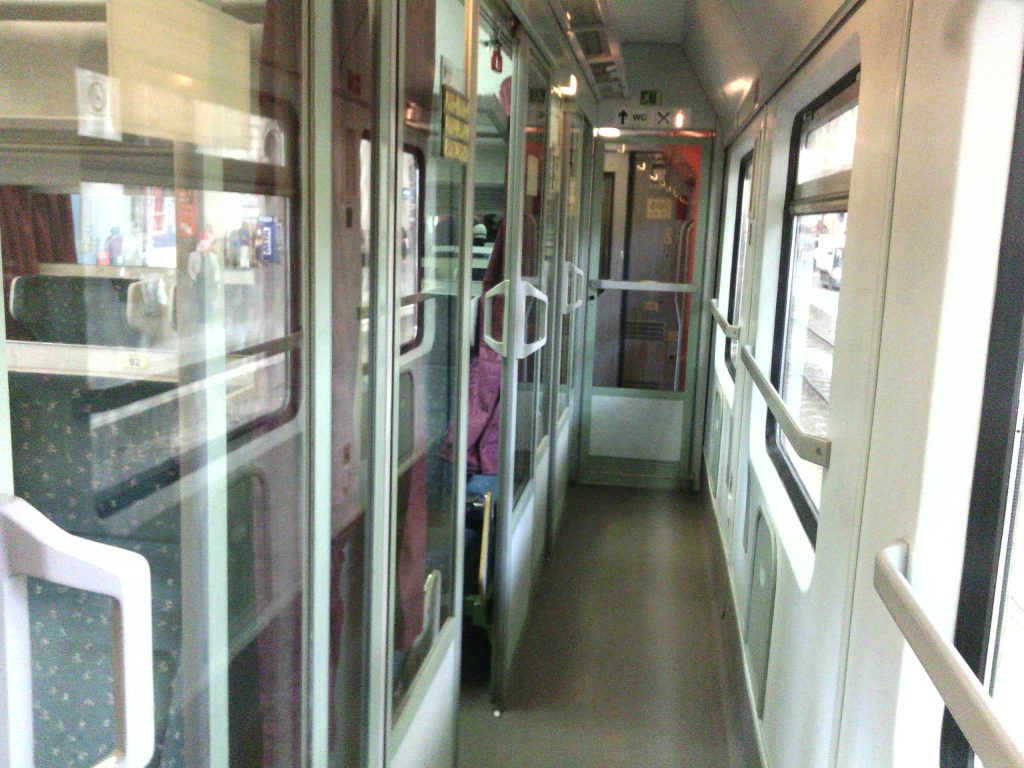
Travelling to Besancon should not be complicated if you are aware of the following. Besancon has an airport, unfortunately, the airport operates mainly domestic flights. So the Besancon airport is not always a good option if you want to fly in or out of Besancon.
The closest bigger airports you can use for international flights are the ones in Lyon, Paris, Dijon (for certain destinations) and Basel. Please note that Basel airport is in Switzerland. So if you do not have a European passport, you might need to double-check what type of visa you need to travel between Switzerland and France. For European passport-holders, there aren’t any types of checks required. Everything that changes when crossing the border is the mobile network your phone connects to.
To travel from Basel to Besancon, you need to change the train once, usually in Montbeliard. However, the journey is straightforward and does not last too long. It takes around 2h (one way).
Travelling from Dijon and Lyon to Besancon is convenient as well. There are no train exchanges, and the trip feels shorter, although the trip duration from Lyon to Besancon is around 2h too (one way).
If you travel from Paris, you will be taking the high-speed train (the TGV) to Besancon. The duration of the trip is still around the 2h mark (one way). If you travel from Paris, you will need to go to Gare de Lyon train station.
SNCF is the main train provider in France. You may buy your train tickets on their website.
Almost all trains coming into Besancon will finish their journey at Besancon Viotte. From there, you will need to find your way to wherever you are staying.
Besancon is not a big city, so you can easily walk almost everywhere. The city has a bus and a tram network. The tram network opened in 2015, exactly the day I arrived in Besancon. Why do I remember this? Because on the inauguration day everyone got to travel by tram for free. And I will never remember how busy the tram was that day and how surprised we all were because we did not understand what was happening.
If you want to use public transport in Besancon, the local public transport provider is called Ginko. You can familiarise yourself with the type of tickets they have available on their website.
What to visit in Besancon, one of France’s best-hidden gems ?
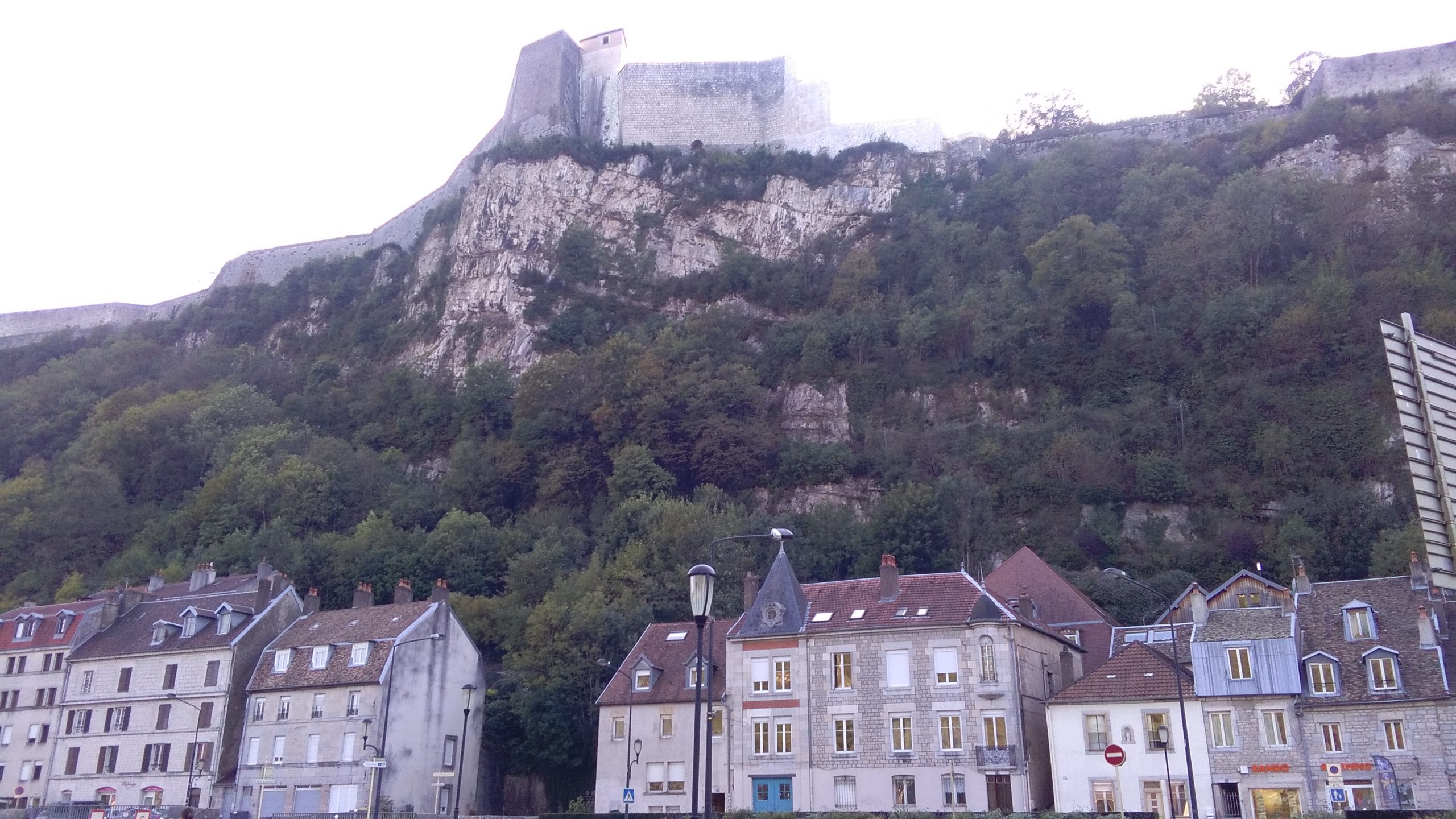
Besancon is a beautiful city in the Bourgogne-Franche-Comté region (the former Franche-Comte region). Contrary to what many may believe, Besancon is still a hidden gem, and not many people visit it. I was surprised to see so few tourists in Besancon, considering that France is one of the most popular tourist destinations in the world.
The lack of tourists does not mean there is no point in visiting Besancon. I would simply argue that Besancon is one of the few hidden gems France still has. Hopefully, it will remain like this for some time.
So what are the main attractions in Besancon? I would say the main attraction is by far The Citadel of Besancon. The Citadel hosts a museum as well. The Citadel offers some spectacular panoramic views of Besancon. The Citadel is also a good place for some lovely long walks.
As you descend towards the city centre, you may want to visit Victor Hugo’s birthplace or the Time Museum. These are probably the things Besancon is mostly famous for. The old town is compact and relatively small. Everything in Besancon is within a walking distance.
The city architecture is indeed beautiful. Walking down the Grand Rue, the equivalent of the High street, you will be amazed by all these old buildings and their intricate architecture.
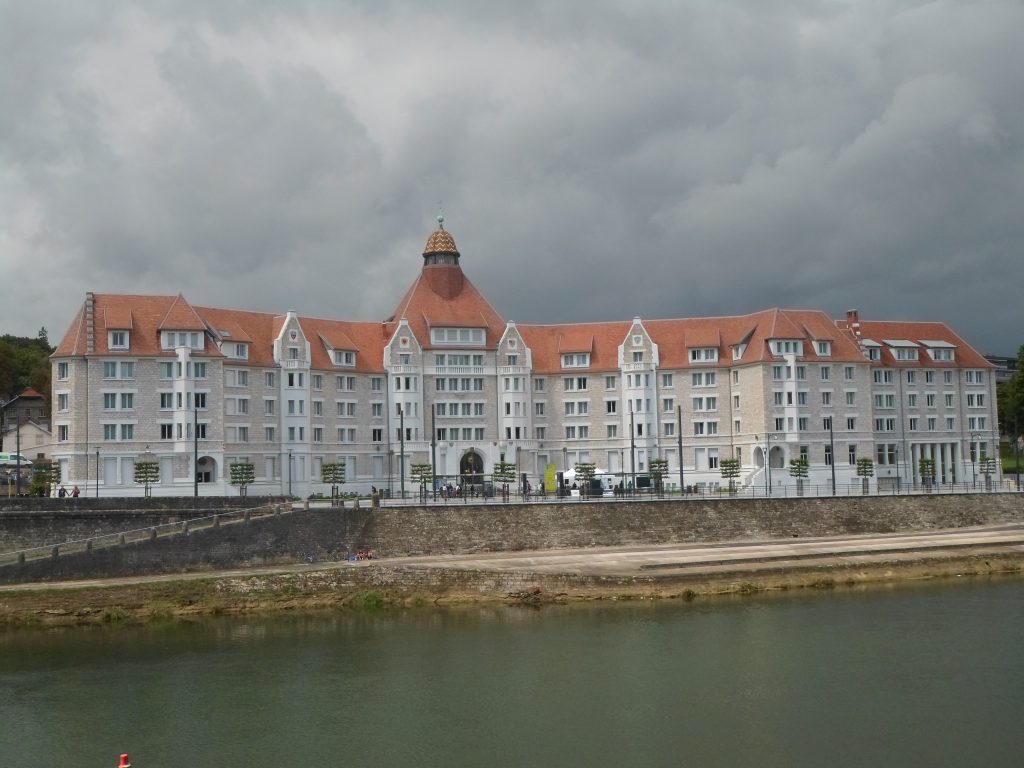
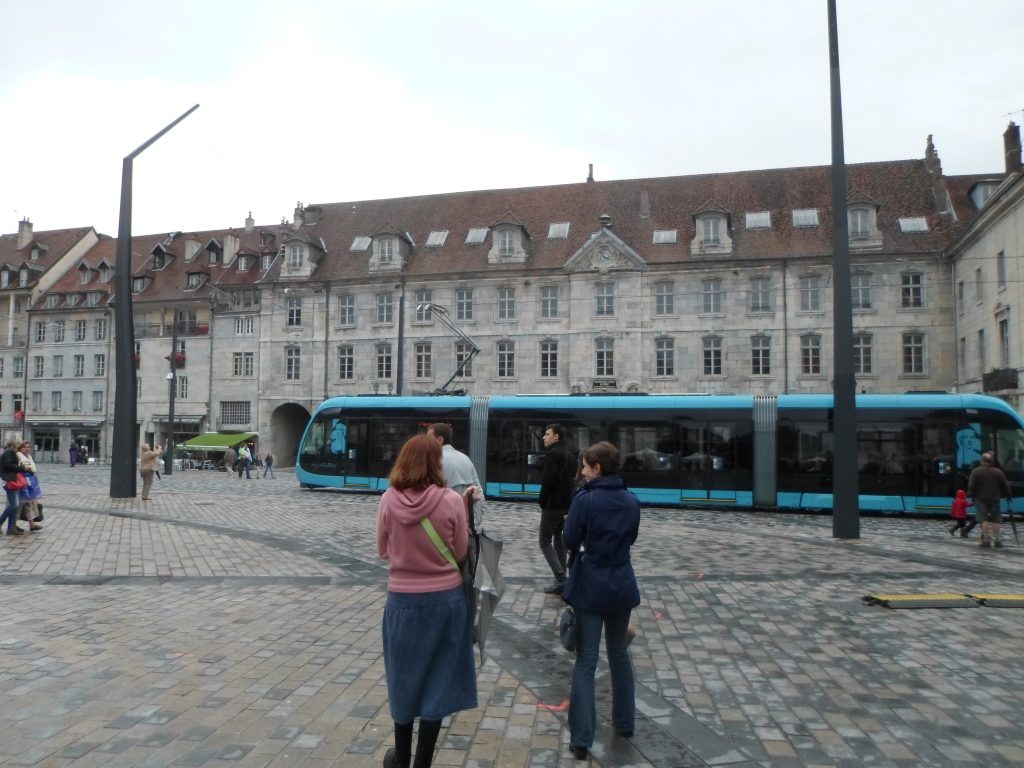
As in every other city, the original town was built next to a river. In this case, Besancon was built next to the Doubs river. You can take several walks along the river, however, the most interesting point, in my opinion, is the Battant Bridge.
If you want to enjoy a night out, Granvelle square is where you should be heading to. What the locals call La boucle is another spot full of restaurants and bars where people go out and have fun.
Besancon is a university city, therefore it has quite a few young people living in Besancon while they attend university. This gives the city its youthful vibe while keeping that local atmosphere because most of the residents are French.

Besancon is an alternative to the more popular and maybe more cosmopolitan French cities. If you are looking for something cosier, where you want to experience the true French community vibe, I would suggest giving Besancon a try. It might quite surprise you.
What to visit in the Bourgogne-Franche-Comté region and beyond?
The Bourgogne-Franche-Comté region (the former Franche-Comte region) can be extremely appealing to any visitor. From tiny villages to natural beauties, you have plenty to choose from. The east of France is culturally diverse and rich in traditions and customs. It is in the East of France where Victor Hugo was born, or the watchmaking industry developed the most.

However, the east is France is also known for more modern inventions. Does the Dijon mustard say anything to you? Well, there should. The Dijon mustard is produced in The Bourgogne-Franche-Comté region, in a town called Dijon.
We talked about Dijon, the city where the famous mustard is being produced. Dijon is only an hour away from Besancon, making it excellent for a day trip in the region. Dijon is similar in size to Besancon, and it can be excellent for a short weekend trip. Not only do you get to visit the birthplace of the famous mustard, but you also have the chance to discover one of the prettiest cities in the region.
The Bourgogne-Franche-Comté region has many cute, little villages and smaller towns worth visiting. And Montbeliard is one of them. Montbelliard, like almost everywhere in France, also hosts a very beautiful Christmas market. So, there is plenty to do there if you ever decide to visit Montbeliard in winter. The city is also perfect for a summer break since the summers in the region are particularly hot and dry.
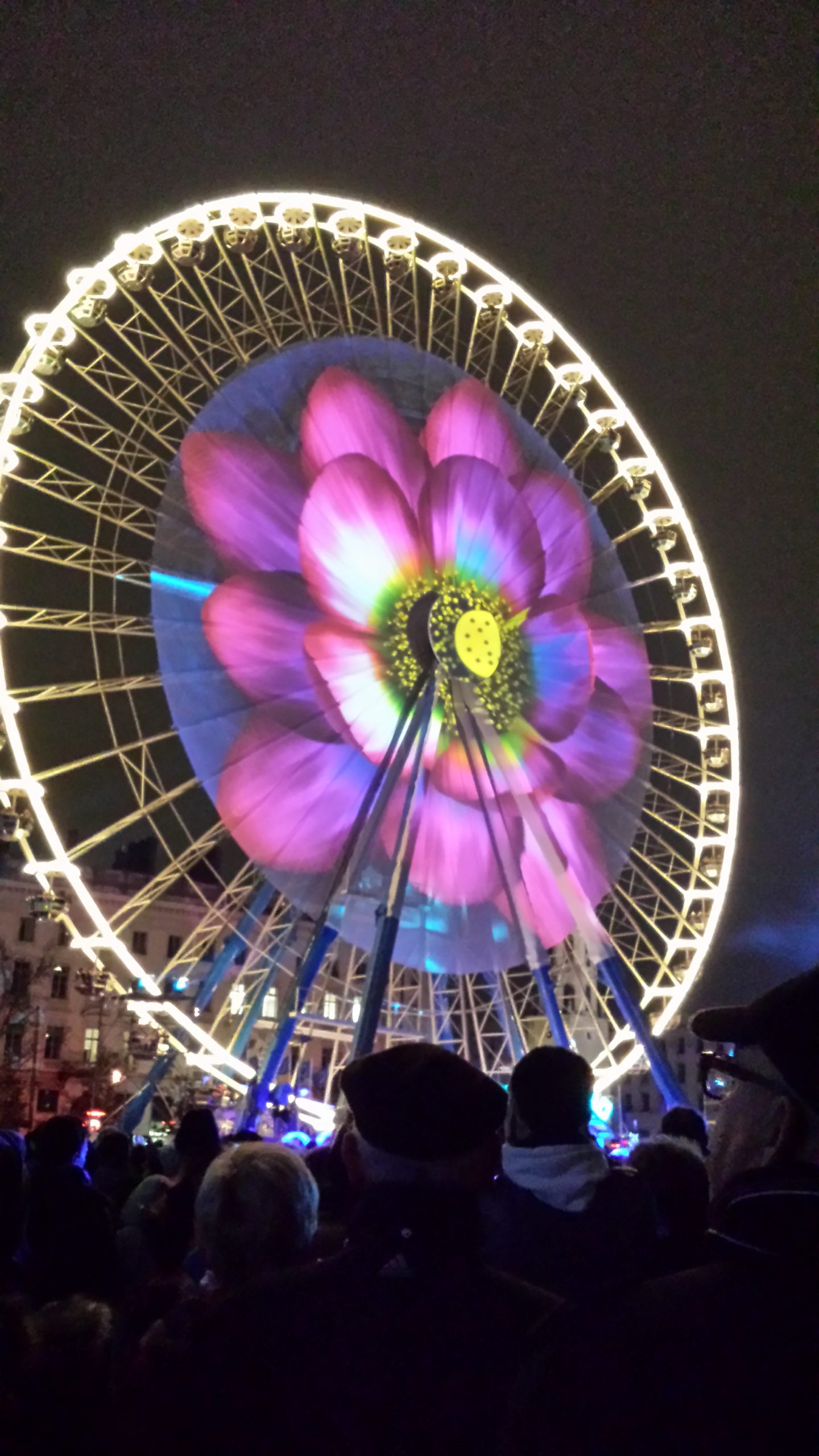
Lyon is based in the neibouring region, the Auvergne-Rhône-Alpes region. Being the 3rd biggest city in France, it attracts more visitors than Besancon. Lyon is a student city and home to the University of Lyon which attracts students from all over France, including exchange students. The city itself offers numerous possibilities to enjoy your time there. From museums, local markets, stunning architecture to festivals and cultural events. Probably the most famous thing about Lyon is the Lights Festival.
The Lights Festival takes place every winter in early December for 3 consecutive nights. During the festival, the city displays light shows throughout the city. Lyon becomes very crowded around this time of the year. It is hard to find any short-term accommodation during the festival, and prices do go up significantly. So if you are hoping to visit the city during the Lights Festival, you need to book your accommodation in advance.
To give you an idea of how busy the city gets during the festival, let me tell you that Lyon’s population is around half a million. During the Festival the population can grow even twice in size. During the festival, traffic is limited, and usually, the tube is closed.
France is a very interesting place to be during the winter celebrations. Almost every city organises a Christmas market and tries to make it as special as they can. Undoubtedly, the most famous Christmas Market is the one in Strasbourg. The Christmas Market is very animated with decorations, food stalls, mould wine, and free concerts the town hall organises.
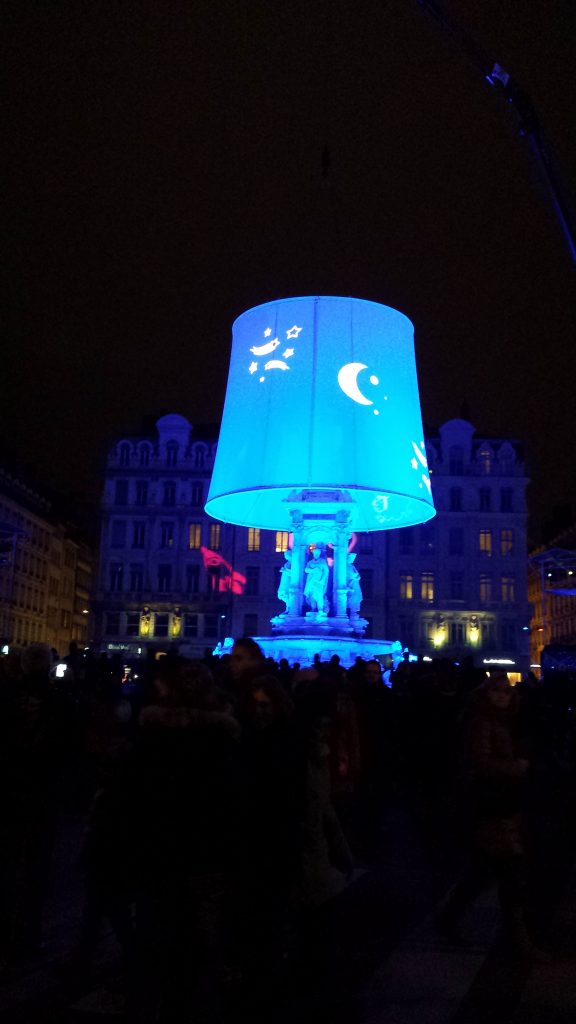
The city organises plenty of other cultural events, and many people gather to have fun and enjoy the local food and drinks. Although Strasbourg is famous and people visit it all year round, celebrating Christmas in Strasbourg is truly magic. How can it be any different since the Strasbourg Christmas market is the oldest of its kind in Europe?
As you can tell, there is so much to visit both in the region and nearby. It only depends on how much time you have available for this part of France.
Where else can you travel from Besancon?
You can organise quite a few trips if you live in Besancon. Since Besancon is close to the Italian and Swiss border, you can easily visit either of the two countries.
Many French people commute into Switzerland every day due to work commitments. For many of them, this is a good deal. Living in France is cheaper than living in Switzerland. On top of that, they are being paid a Swiss wage which is much higher than a French wage. Therefore, Switzerland is very appealing for the French living close to the Swiss border.
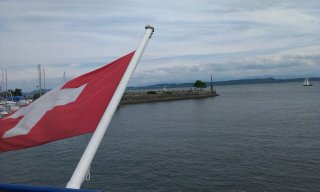

It is easy for the French people to find work in Switzerland. And it is even easier to travel to Switzerland. If you are based in Besancon, as I was, travelling to Switzerland is a train journey away.
The best starting point is Basel, one of the biggest cities in Switzerland. Basel is about 2h away from Besancon by train. So not bad at all. Once you are in Basel, you can easily travel anywhere else in Switzerland because the country is relatively small.
If you have never travelled to Switzerland, I suggest a tour of the biggest cities: Basel, Bern, Zurich and Geneva. A very beautiful border city is also Neuchatel. It might be considered a hidden gem on the Swizz side, the same way Besancon is in France. Not many people visit it. And those who do, are usually locals who know it. Neuchatel is mostly famous for the lake. Similar to Geneva you can take a boat trip, enjoy some drinks and of course chocolate. Such tours are available in Neuchatel, especially in summer.
The best way to travel between Swiss cities is by train. However, we all know how expensive the train is in Switzerland. Well, pretty much everything else is expensive in Switzerland, so prepare to allocate a higher budget if you are planning a trip to Switzerland, even when you backpack.
You can still cut down your costs, by using alternative ways of travelling around like Bla Bla Car (Covoiturage in French). Alternatively, you can use a European train pass called Interrail or Eurorail.
I have used both services, and they helped me save up money back in the day. In France, Bla Bla Car is sometimes cheaper than a train ticket. Bla Bla Car is a ridesharing service, and everyone uses it in France.
Interrail/Eurorail is a train pass you can use across Europe. It is handy when you travel between countries, and you don’t want to keep buying individual train tickets. It can be used to travel between countries, or in one country if you wish so. The main rule is that you cannot use your Interrail/Eurorail in your country of residence.
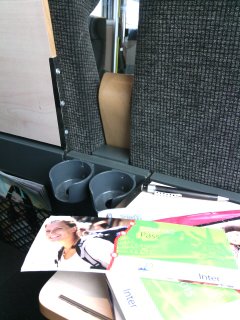
For example, when I travelled through Europe using my Interrail pass, I could not use the pass to travel within France because I was a resident of France at the time. So I bought a regular train ticket to Basel and then I started using my pass in Switzerland.
The Interrail/Eurorail pass comes with discounts for senior and young travellers. Reduced prices are available for people over 60 and less than 26 years old.
So what is the difference between Interrail and Eurorail passes? Interrail passes can be purchased by EU passport holders and EU residents. Eurorail passes can be purchased by anyone that’s not an EU resident or does not have an EU passport.
A really good blog post on whether it’s worth purchasing such train passes is the one below. It might be worth checking it out if you would like to know more about these train passes:
THE ULTIMATE GUIDE TO SAVING MONEY WITH EURAIL PASSES
So how about visiting the North of Italy? An interesting place you can check out in Italy is Aosta Valley (Valle d’Aosta). The region is well-known for its breathtaking landscape and winter sports. It is relatively close to Mont Blanc as well (the highest mountain in the Alps).
Many Italians go skiing in the north of Italy, and Aosta Valley is one of their favourite spots for skiing.
Southwest Germany can also be a holiday destination if you are looking to escape France for some time. Freiburg is the closest city to Besancon. However, since Germany has good train services, you can always use your Interrail/Eurorail pass to adventure beyond Freiburg. Stuttgart can be a very good city break location if you want to spend some time in Germany.
As you can tell, there are ways of escaping France and indeed Besancon if you are looking for a scenery change for a few days. This is one of the benefits of living in Europe. You can easily reach other countries, and most of the time, you can even catch the train and end up in a new country.
The Bourgogne-Franche-Comté local cuisine
France is renowned worldwide for its cuisine. Almost every French region has a type of cheese they promote as a symbol of the region.
French people can get very serious when it comes to their local cheese. We all know the cheese industry is a business worth millions of euros. However, it’s very different when you experience this as a short-term resident of France.
There are food festivals organised throughout the year and cooking activities promoting the local produce. The French simply love their food, so local market days are organised frequently in Besancon.
I still remember we were quite surprised to see so many types of cheese in the supermarket.
So, what is the preferred type of cheese in Franche-Comte? According to locals, it’s called simply comte and is a semi-hard type of cheese, one of the most popular in the country. Well, you cannot blame them. Everyone will say the same about their regional cheese.

Cheese has been part of French cuisine for a long time now. Did you know that cheese came around as a substitute for meat? Back in the day, not everyone could afford to buy meat. So cheese was brought around initially for the poor. Nowadays, certain types of cheese can be extremely expensive. So the whole cheese was for the poor thing is now a thing of the past.
The region is also known for a certain type of sausage, the Montbéliard sausage. Traditional French cuisine is predominantly meat-based. So it might be a bit difficult for vegetarians to find their way around, although these days, France is embracing more of the vegetarian/vegan trends.
How is it to live in Besancon? (As a student or intern)
I decided to provide an insight into what is like living in Besancon as an intern based on my experience. This might help any young person considering completing an internship in Besancon or anyone living on a low-income budget considering Besancon as a temporary home.

Besancon is the perfect city for an intern or someone living on a limited income. Back in 2015, I landed an internship thanks to a European programme called Eurodyssee. This programme still provides fully-funded internships to European passport holders whose regions take part in the programme.
The programme funds your accommodation, transport and food expenses. It also provides interns with all types of discounted activities like discounted trips, reduced movie tickets etc.
Back then, we had our travel costs covered and received help with our accommodation costs (the government paid for more than 80% of it). In addition, we had access to the French healthcare system, all for free. That’s because we all had European passports. If you have a European passport in France, you have access to almost the same services and help as a French national.
For non-European passport holders, I assume you will need to sort out your residency before accessing any of these.
I know people claim France is a bureaucratic country, and this is true. I will never forget how I had to fill in a form for almost anything. But it’s also true that I have not lived anywhere else with so many social programmes in place. I know non-Europeans, especially Americans, find the free health care system something amazing. Probably it is. I had access to free healthcare my entire life so, for me, this is perfectly normal.
However, there was something else that struck me about France. I was pleasantly surprised to find out the French government encourages people to go on holiday. More so, the state promotes going on holiday and taking time off as some sort of human right. The state financially supports people who have a low income by giving them money to go on holiday. I clearly remember this because I benefited from such an initiative.
I remember I had to complete a form and submit a PowerPoint presentation with my itinerary and reasons I chose that location, which I thought was fun. I have very fond memories of my experience of living in France for 1y.
France is very supportive of young people and students. People under 26 usually benefit from free entrance to museums among, other benefits.
Talking about France and holidays, you must know that August is officially the month the entire country goes on holiday. And this is not even a joke. Even local bakeries (patisserie) close in August. I remember being told that bakery owners agree on holiday dates beforehand to make sure at least one bakery stays open in August to serve the neighbourhood. This kind of ritual does not apply to supermarket chains and large stores.
A low-cost accommodation for people on low income in France is les foyers. Les foyers are some types of hostels subsidised by the government. As a resident, you stay in ensuite rooms. There are no cooking facilities in your room apart from a mini-fridge to store a few things. They do this for security reasons.
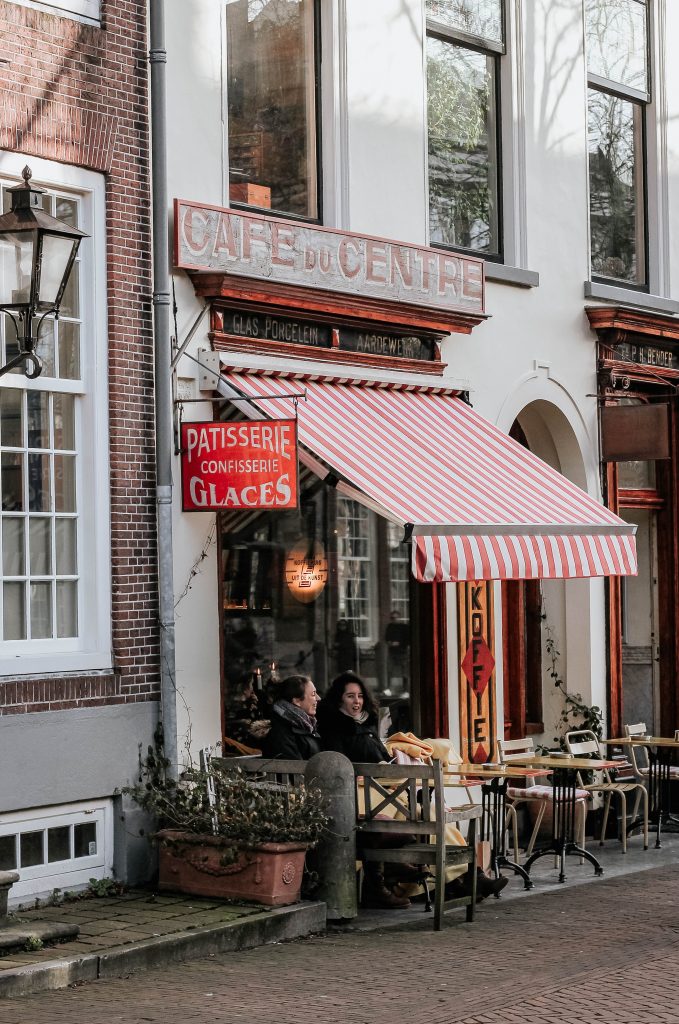
Every foyer has a canteen that serves breakfast, lunch and dinner all year around. The canteen is usually very famous in the city and even guests (like regular employees) have lunch here. The canteen can get very busy, especially at lunchtime, because it’s considered affordable and serves good quality cooked meals.
Le foyer is very popular among young people, interns, people who started their first job and cannot afford to rent a flat yet. Plus, if you stay in the foyer, the government usually pays up to 80% of your rent depending on your income which makes this type of accommodation even more appealing.
There you have it, your own comprehensive guide of Besancon, one of France’s best-hidden gems. If you ever decide to visit Besancon and even settle in Besancon for a while (as I did), I hope you will find this information helpful. I certainly did not know much about Besancon before moving there. But, it definitely was a pleasant surprise to discover this city, maybe one of the few hidden gems France still has nowadays.

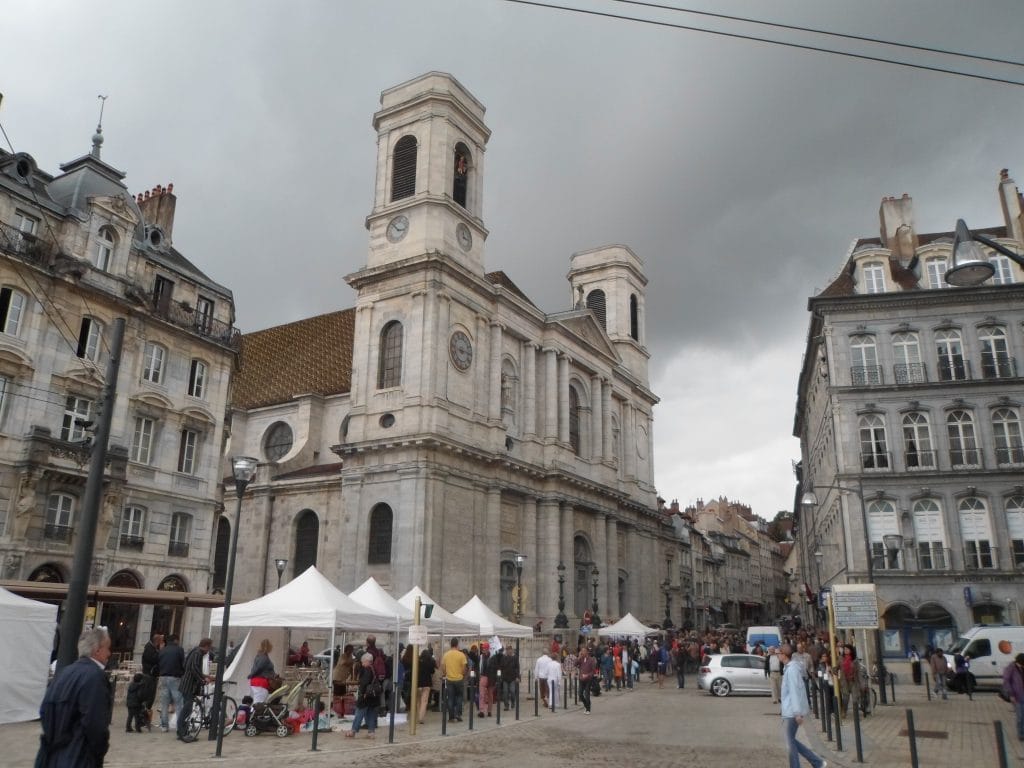
Pingback: How to travel in Europe with mobility programmes? – The Next Epic Trip